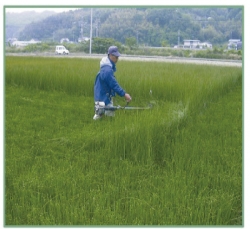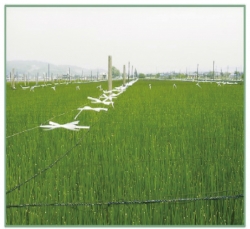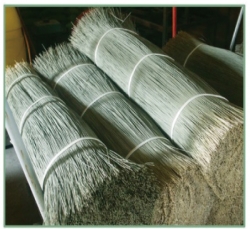View Option
Info Type
Sort by Industry
- Restaurant / Gourmet
- Gift / Shopping
- Fashion / Apparel
- Entertainment / Hobby
- Travel / Leisure
- Transporation
- Life / Housing
- Education / Lesson
- Ceremonial Occasion
- Beauty / Health
- Medical
- Government / Public
- Computer / Electronics
- Auto / Motorcycle
- Finance / Insurance
- Professional
- Corporation / Manufacture
- Media
- Religion
- Nightlife
- Group / Organization
Back
This text has been translated by auto-translation. There may be a slight difference between the original text and the translation. (Original Language: 日本語)

在原畳店
Tatami specialty store in Futtsu City, Chiba Prefecture "Zaihara Tatami" Free Estimates ! Even one sheet is OK ! Speed Finishing ! We design your ideal space with a wide variety of colors and other types. Bring peace of mind and relaxation to your home.

Igusa How Tatami Mat is Made
Igusa is a natural material suitable for Japanese climate.
●Planting → ●First cutting → ●Netting → ●Cutting → ●Mud dyeing → ●Drying → ●Sorting → ●Drying → ●Weaving



Planting
Mid-November to Mid-December
▼
Forward cutting
Early May.
Once mowed first, it grows into long, straight rushes.
▼
Netting
Late May ~ Early June.
Long rushes tend to fall over, so they are covered with nets to prevent them from falling over.



Reaping
Early July ~ Mid July
▼
Mud Dye
Early July ~ Mid-July
To prevent discoloration and prolong the blue color of rush grass, special mud called dyed clay is used.
▼
drying ・ sorting
Drying mud-dyed rushes and removing short or
broken rushes



Setting rush grass on loom
▼
Weaving
▼
Front



▼
Woven Yarn
▼
weaving up
在原畳店 - Igusa ・ How Tatami Mat is Made
You can visit this page by scanning QR code.














